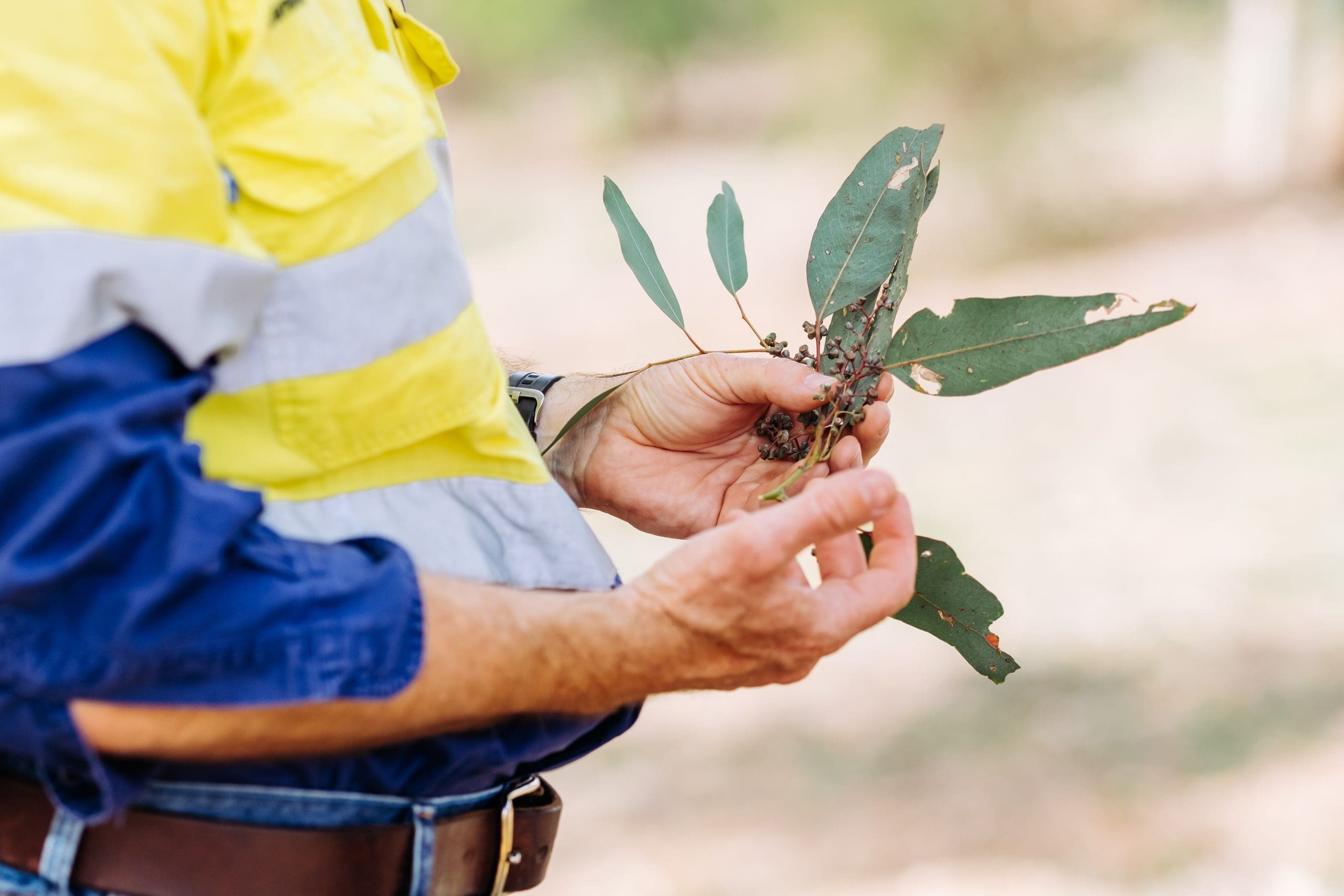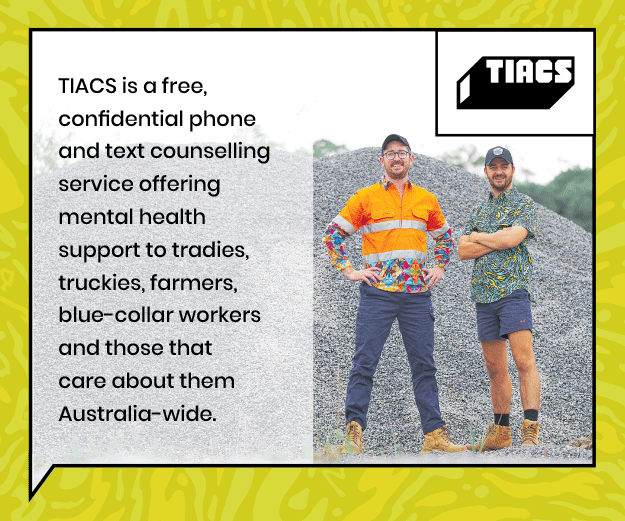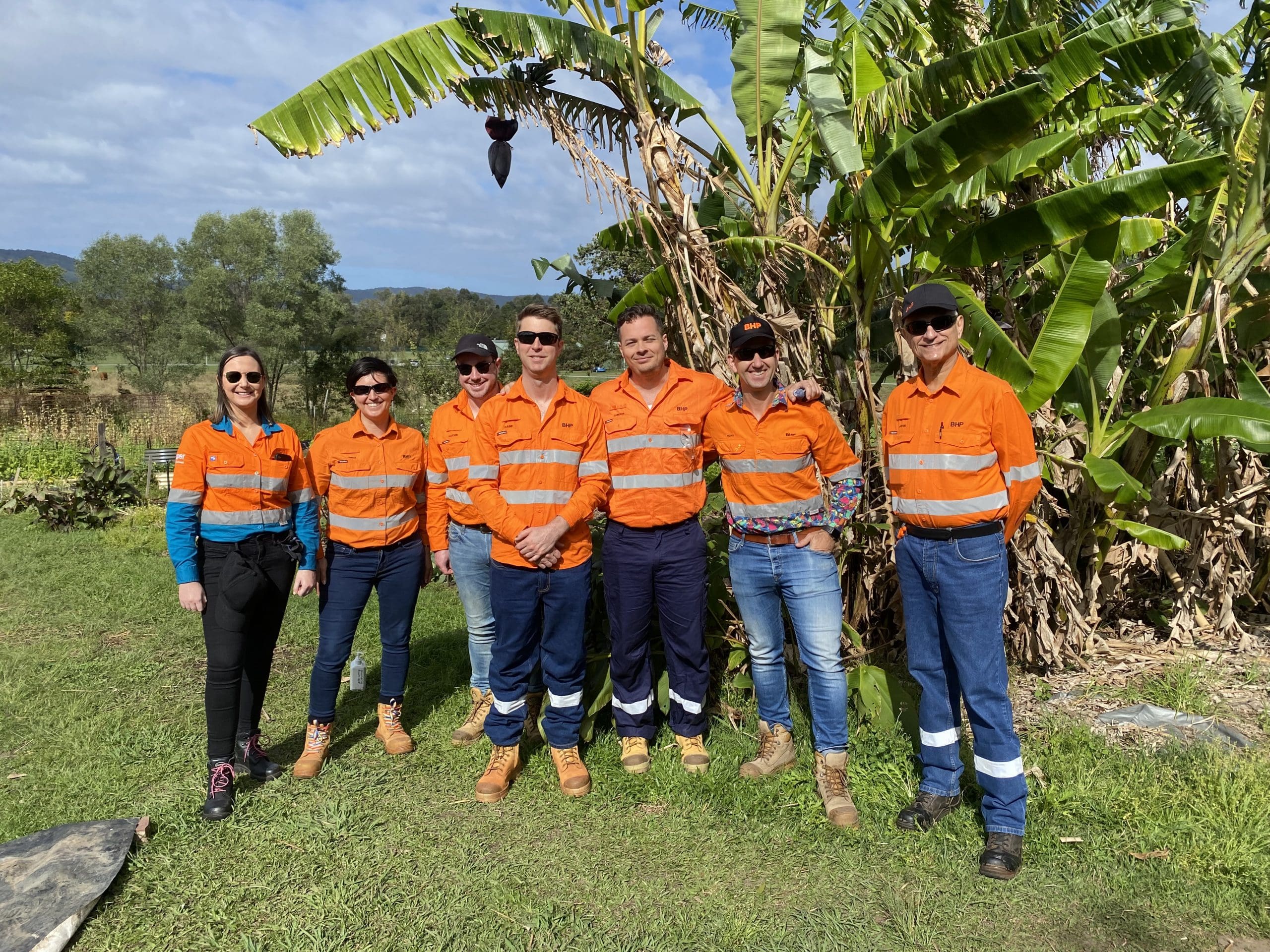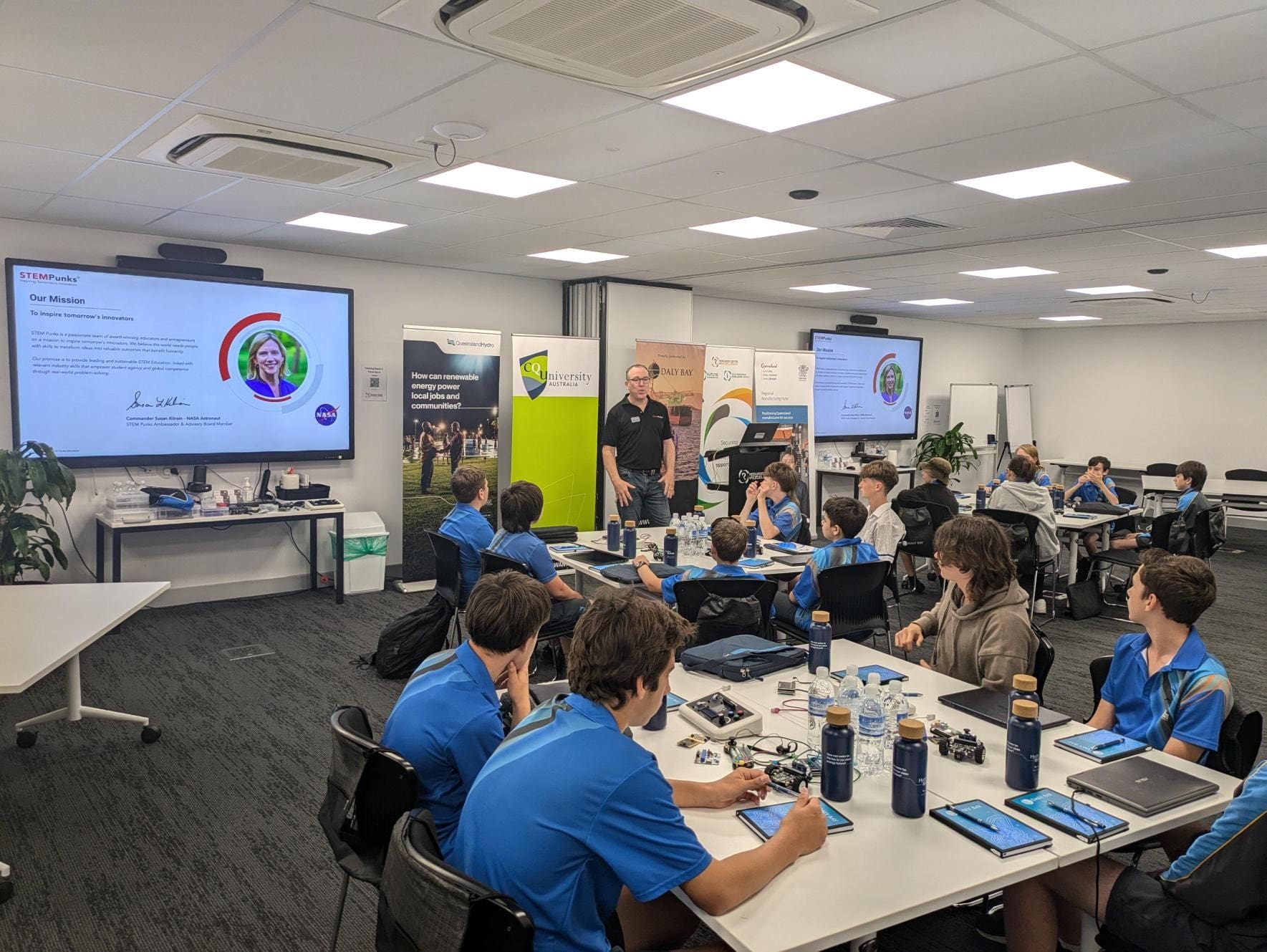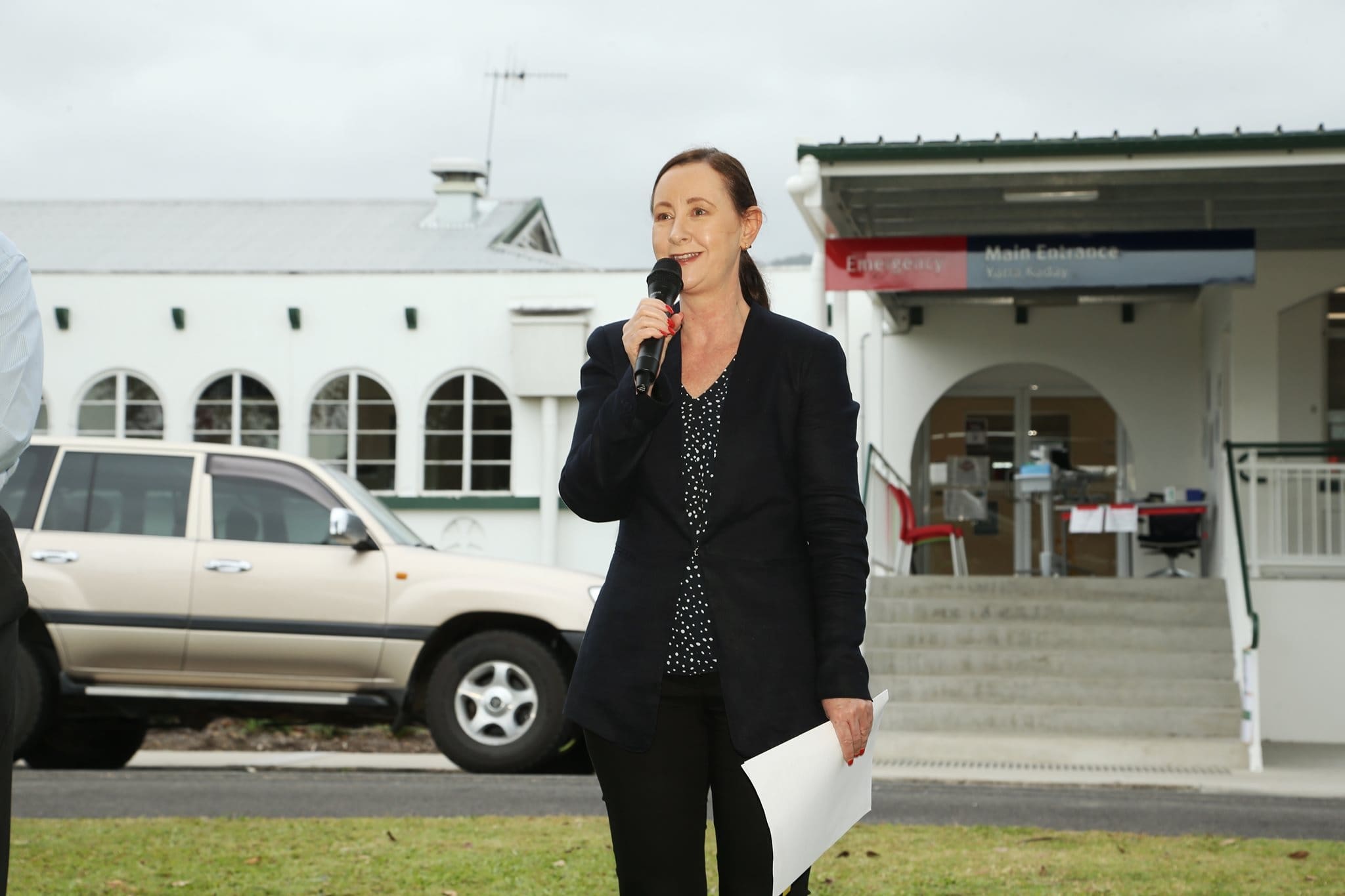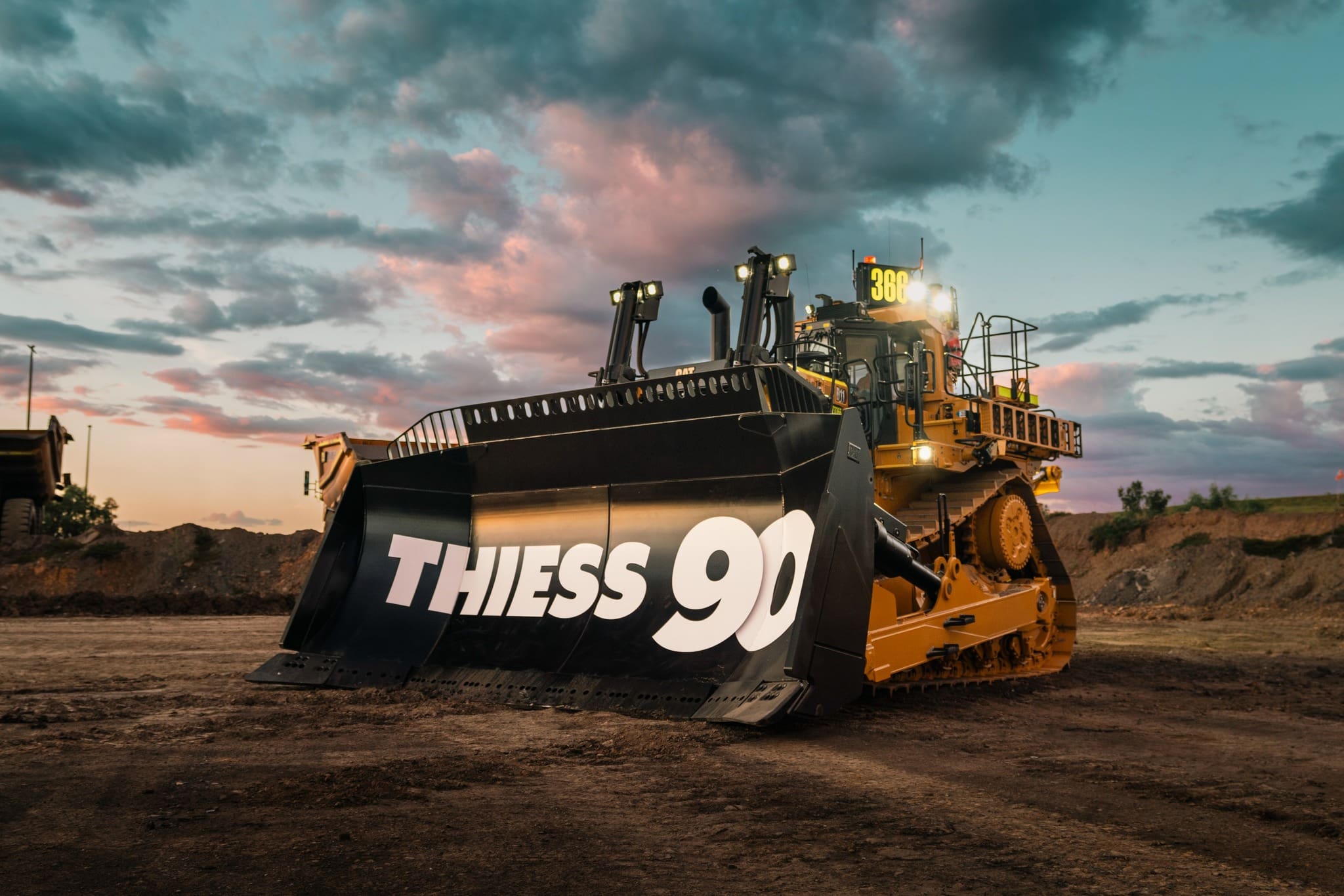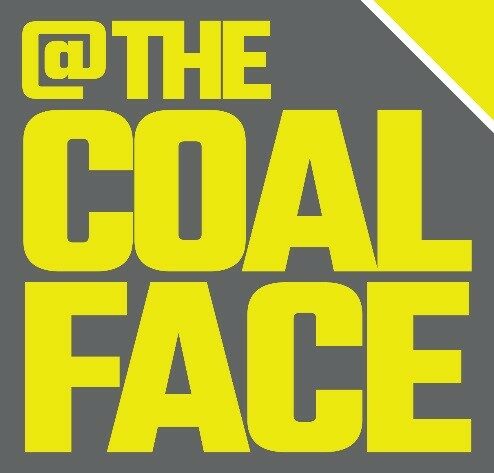Glencore’s latest Coal Mine Rehabilitation Update revealed the completion of 1,558 hectares of rehabilitation in 2023 – that’s the equivalent of more than 1,970 NRL football fields!
Glencore is one of Australia’s largest coal producers with 15 open cut and underground coal mines across New South Wales and Queensland.
Across its coal operations more than 24,000 hectares (ha) of mined land has so far been rehabilitated to native forest, woodland, grassland or grazing pastures. That’s an area the size of the City of Mackay.
In 2023, Glencore’s Australian coal operations rehabilitated 1,558ha of mined land, the highest amount ever achieved by Glencore in a single year. In addition, it is the eighth year in a row Glencore has rehabilitated more than 1,000ha.
Glencore’s Director of Environment and Community, John Watson, said they start planning for rehabilitation before mining begins and rehabilitate land as soon as practicable after it is no longer needed for mining.
“At every site, we aim to effectively manage and rehabilitate the land we mine to minimise our disturbance footprint. This helps to ensure the land is returned to self-sustaining native ecosystems, agricultural use or other approved final landforms.
“Integrating rehabilitation and mine planning allows other uses of the land, such as grazing or biodiversity conservation, whilst operations continue across other areas of the mine. Progressive rehabilitation also mitigates dust and air quality impacts by reducing the amount of disturbed land.
“It also reduces the time it takes to return the land to meet government regulations and approval requirements.”
Government sign-off is a positive example of reaching post-mining completion criteria with appropriate rehabilitation, continued monitoring and maintenance where needed to produce a self-sustaining ecosystem. Last year saw Glencore achieve another 1,087ha rehabilitated mined land certified by government as meeting success criteria.
John said the certification proved the benefit of sites maintaining a focus on completing rehabilitation while active mining is taking place.
“Progressive rehabilitation is good environmental and economic practice.
“In the short term, we are minimising our active mining footprint while also making use of the equipment available in a working area to prepare and shape the rehabilitation.
“In the longer term, it is enabling our sites to achieve sign-off well before mine closure, which reduces the amount of rehabilitation required when mining ends and provides a mature, sustainable platform for post-mining land uses.
“This is progressing responsible mining through to its completion.”
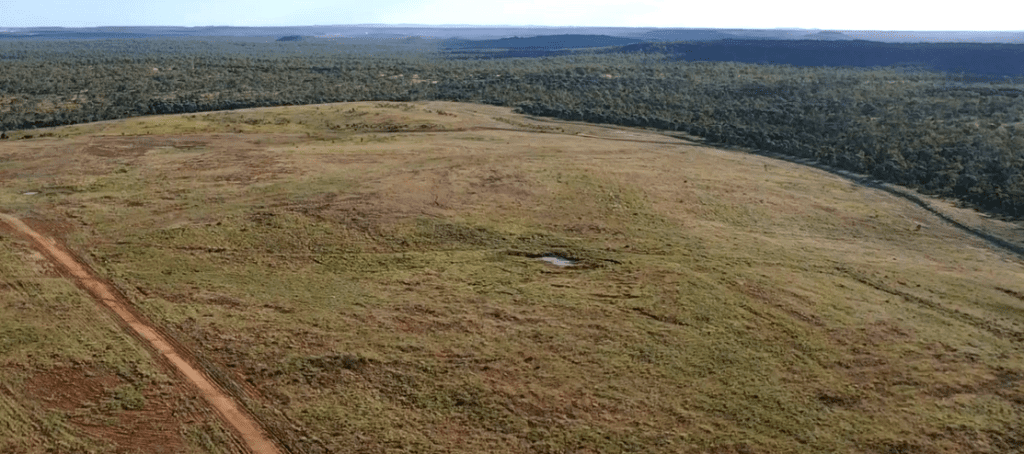
NEWLANDS OPEN CUT
The now closed Newlands mine in Central Queensland is ramping up its rehabilitation efforts and seeing impressive results.
In 2023, the mine spent more than $218 million on rehabilitation. This included reshaping overburden spoil, spreading topsoil and seeding 366ha of previously mined land using either native woodland or pasture species. More than 3,490ha of previously mined land has been rehabilitated.
The Newlands team has been praised for its innovative approach to rehabilitation, using a range of methods to get the job done.
Dragline machines once used for uncovering coal are now assisting with rehabilitation.
Cattle grazing on already rehabilitated land are further improving the quality of pasture. Cattle reduce excessive pasture growth and promote fresh growth. Their grazing also disturbs the land in a good way – stimulating species diversity and cover on bare areas.
Dung beetles are improving soil fertility by breaking down cow manure. Their burrowing helps to improve water retention.
These combined efforts are continuing Newland’s history of successful rehabilitation. In 2017, the mine became the first Bowen Basin coal mine to have regulators certify the rehabilitation of mine spoil while still operating. This 73ha of rehabilitation certification was followed by sign off on another 138ha in 2021.
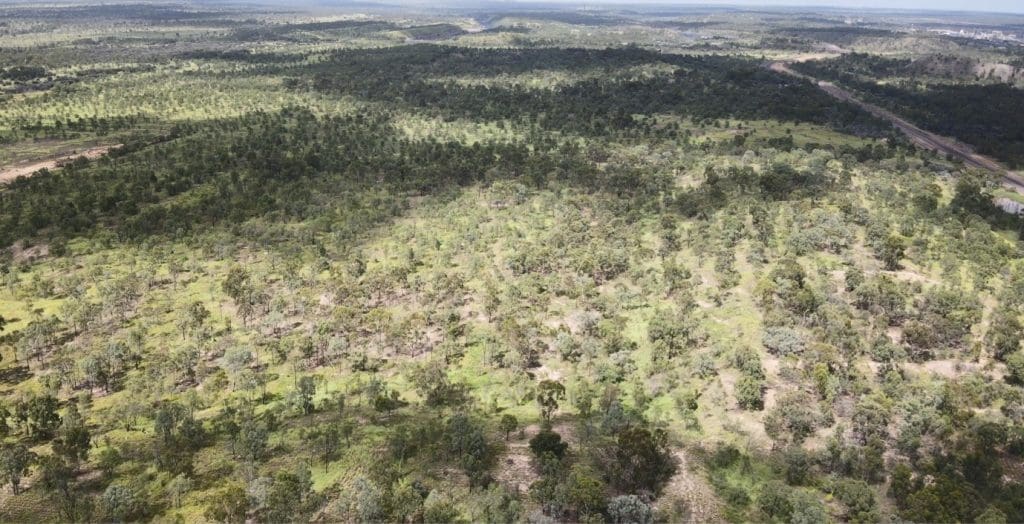
OAKY CREEK COMPLEX
In 2023, Oaky Creek Complex achieved Queensland government certification for 1,475ha of rehabilitated mined land.
To secure certification, rehabilitated areas must meet stringent criteria including landform stability, plant species diversity, water management and sustainability.
In 2023, Oaky Creek received government sign-off on 909ha of rehabilitated mined land, the third success in four years, having received certification for 433ha in 2022 and 133ha in 2020.
Oaky Creek’s success highlights the importance of having progressive rehabilitation integrated with the operation’s annual business cycle, minimising the site’s active mining footprint while utilising available equipment to rehabilitate land.
This approach has achieved sign-off well before mine closure, laying strong foundations for post-mining land use.
Damien Wynn, Oaky Creek Complex General Manager, said their environmental performance is a culmination of more than 20 years of dedicated work by employees, reflecting the significant investment made to deliver quality rehabilitation outcomes aligned with government and community expectations.

